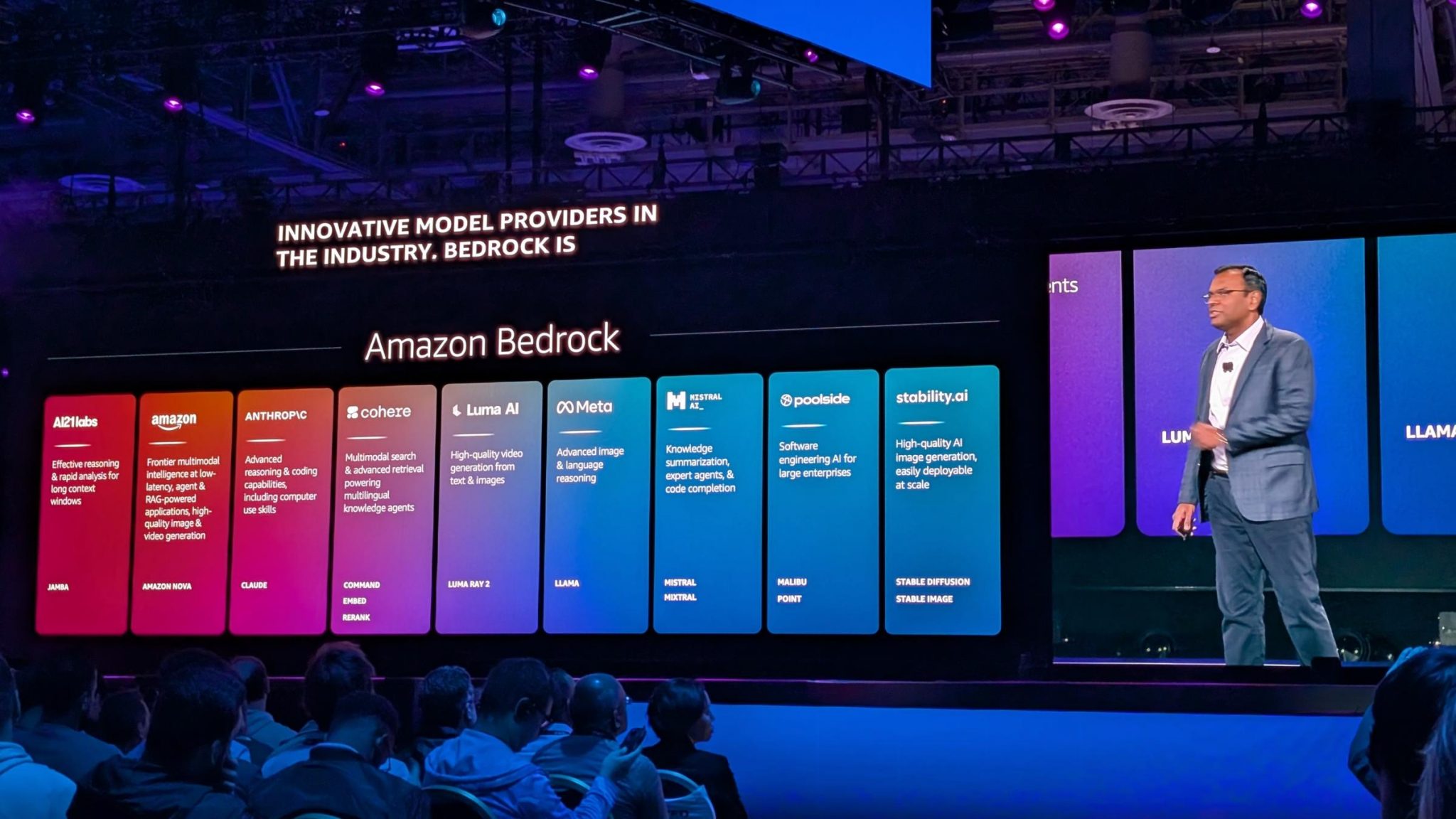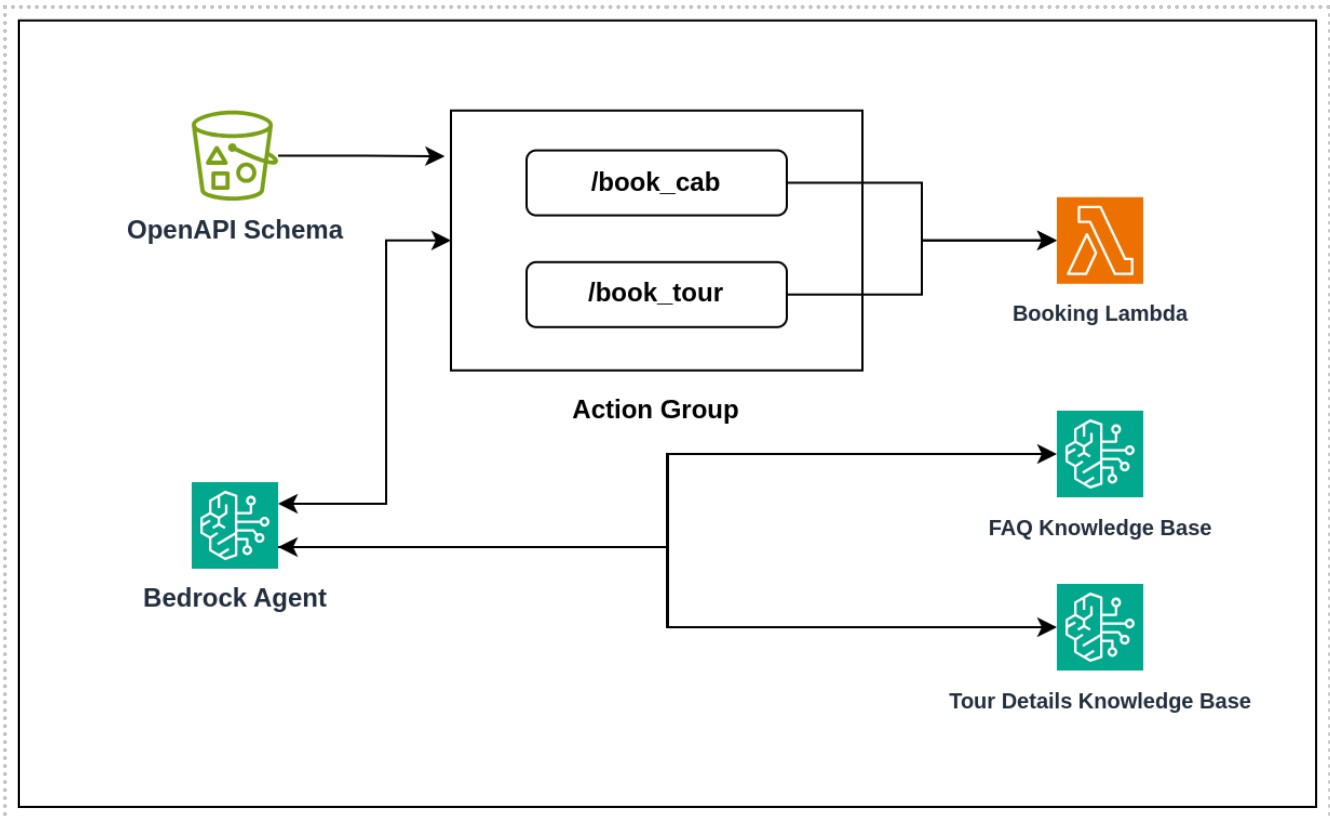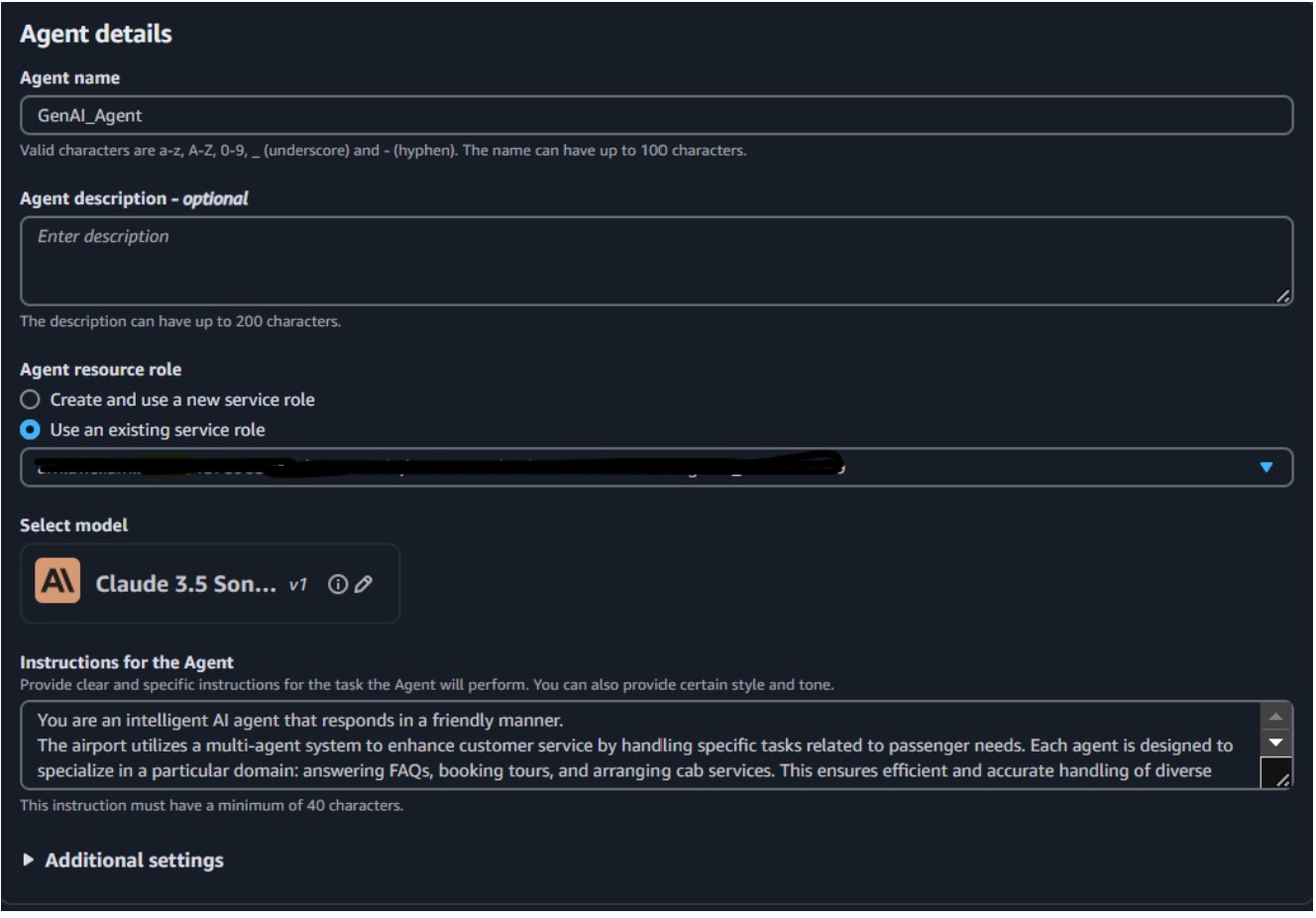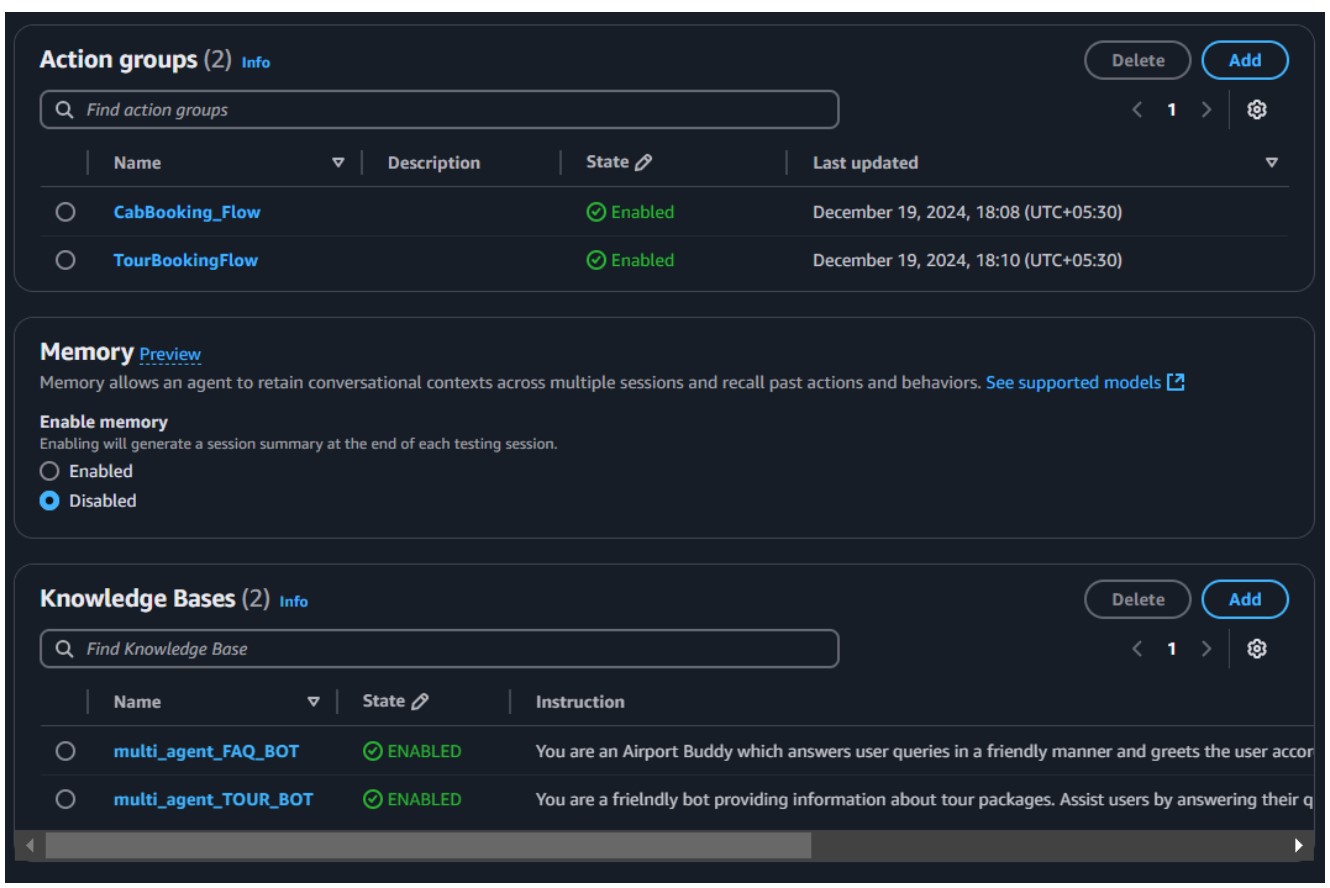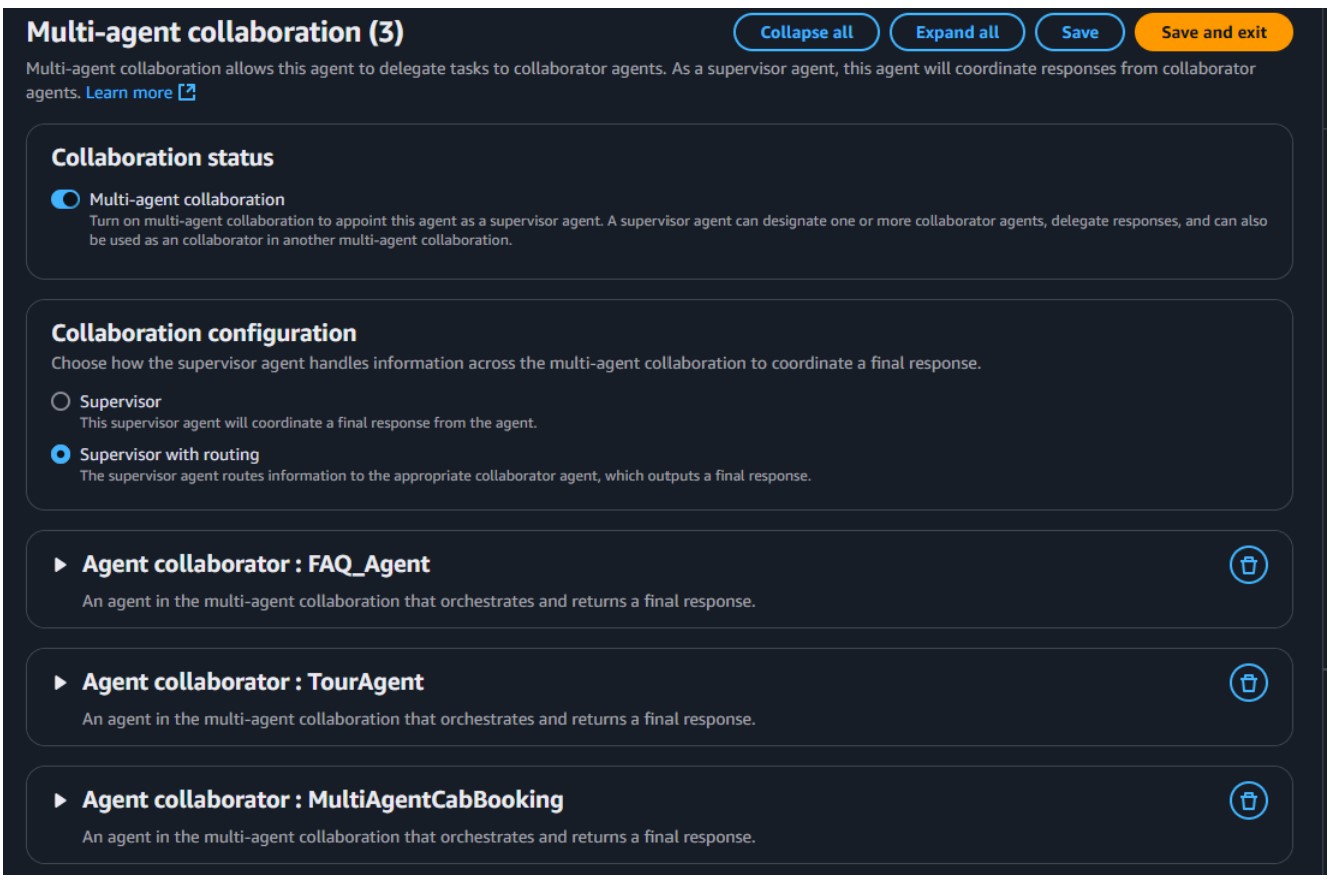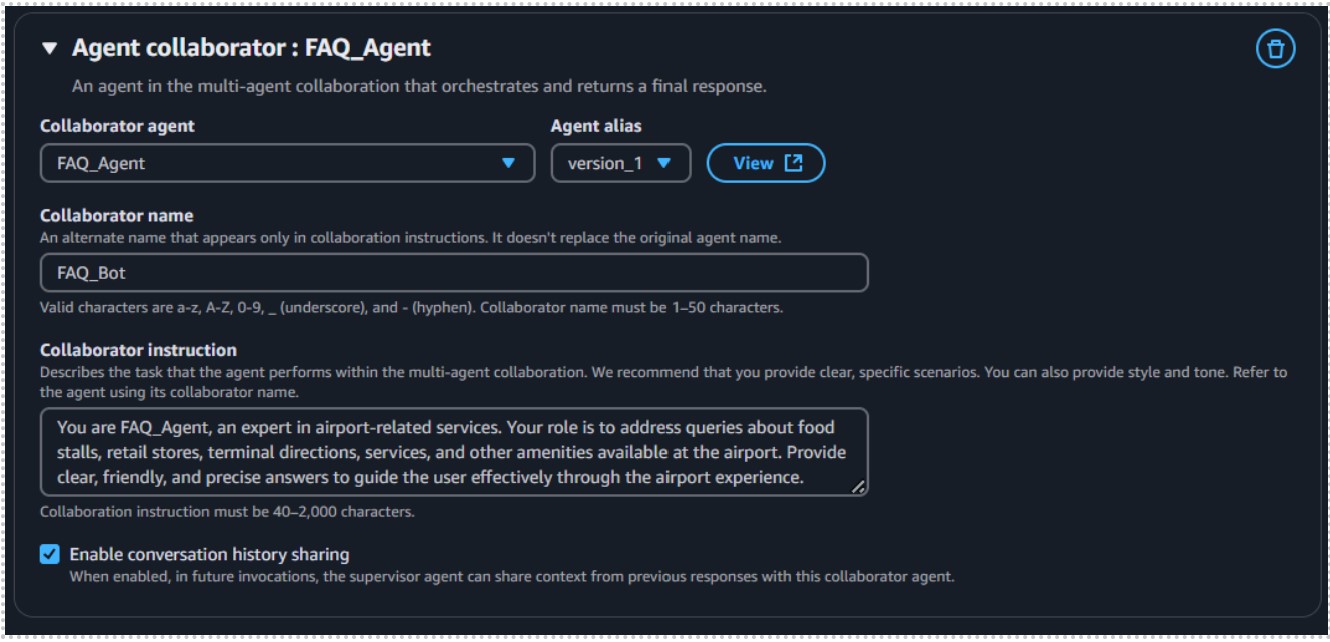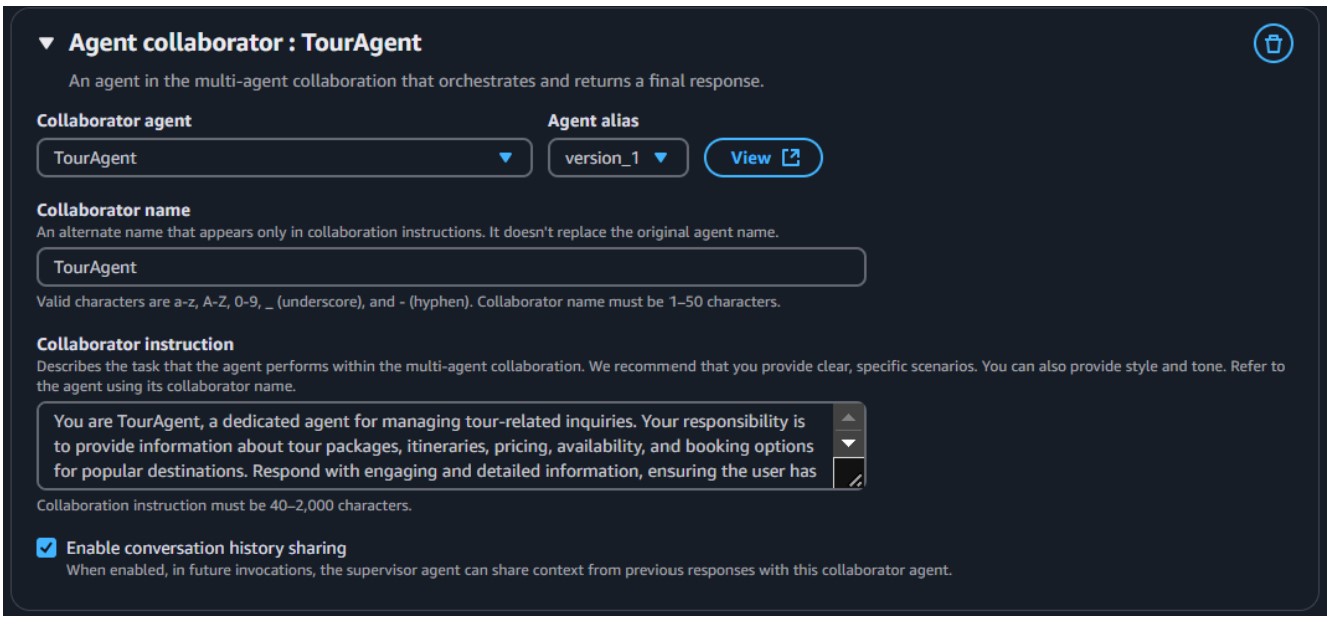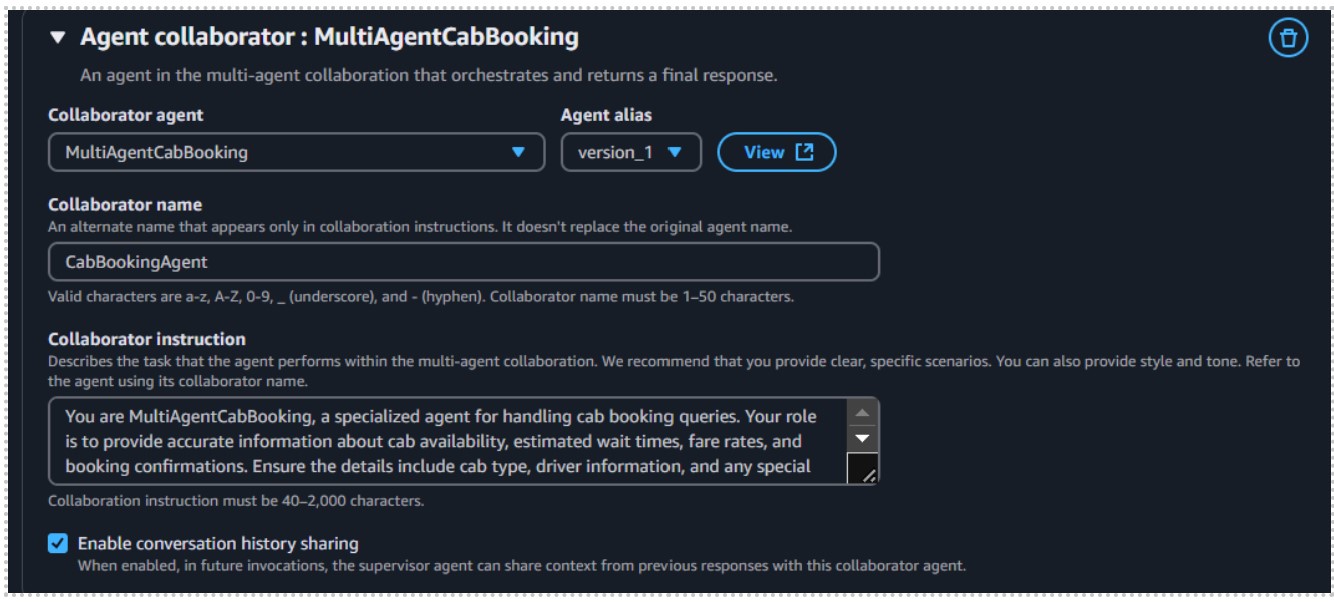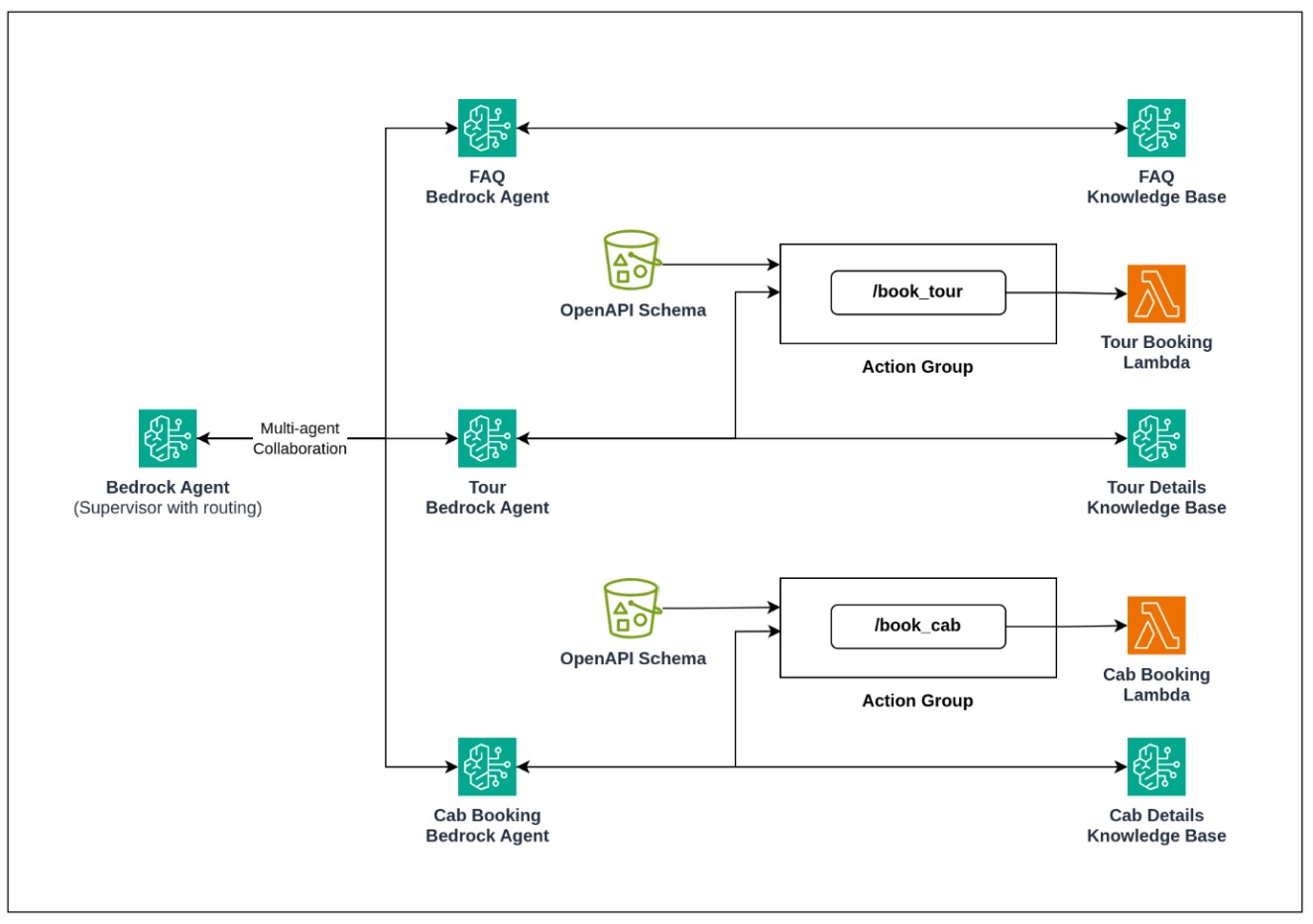The landscape of generative AI is rapidly evolving, and AWS Bedrock is at the forefront of this transformation with groundbreaking innovations that address critical challenges in building production-ready AI solutions. A standout advancement is the expansion of Amazon Bedrock Agents to support multi-agent collaboration, revolutionizing how organizations can orchestrate complex AI workflows – the very solution we’ll explore in depth in this blog post.
